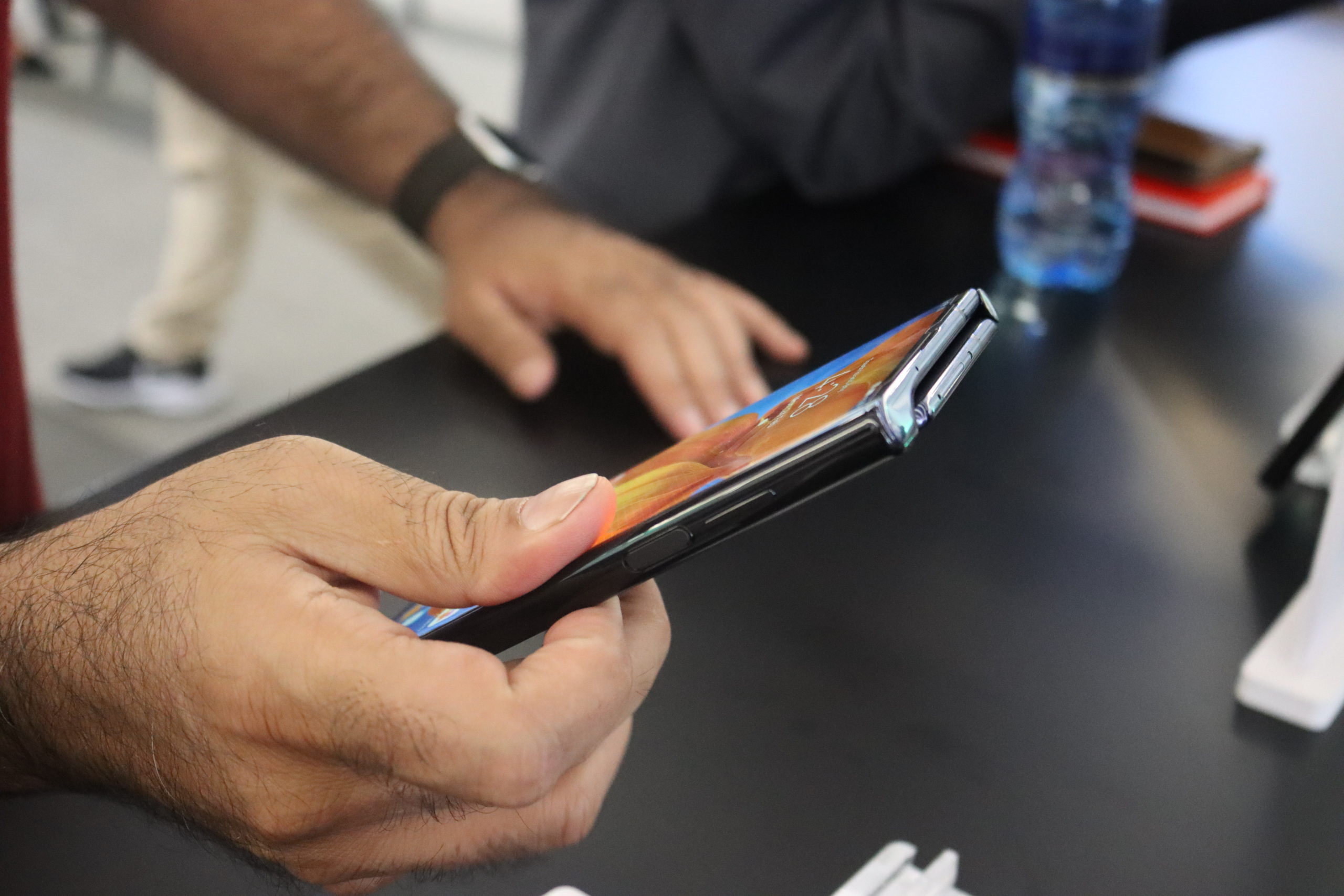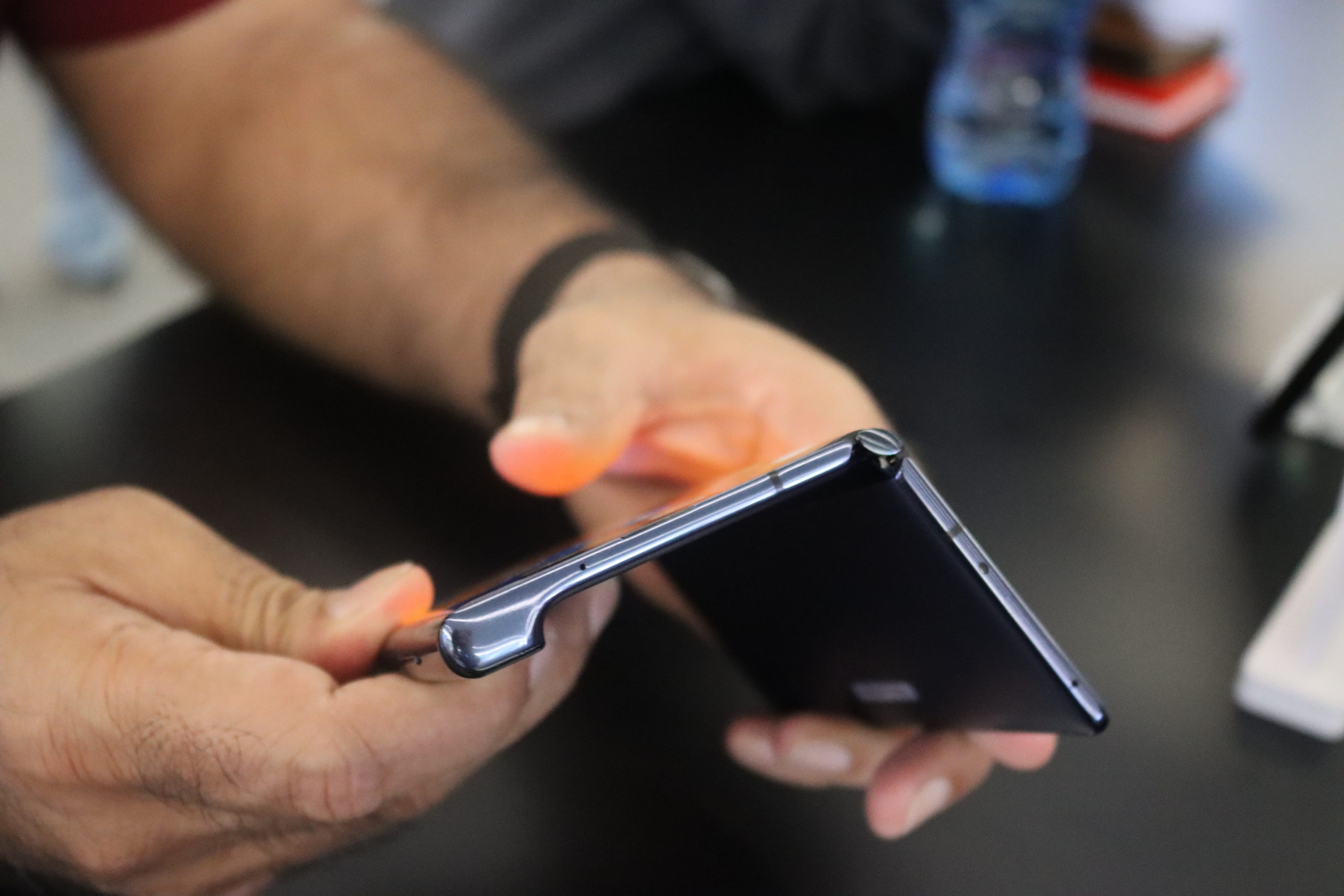Yesterday Huawei announced… well, a bunch of things. One of those things was the company’s updated folding phone, the Huawei Mate Xs. Normally that would have happened in Barcelona in Spain but instead it was a more global event, a live-stream with company head Richard Yu.
After the stream, we got a chance to handle the final version of the handset, poking and prodding and flipping and folding the 6in to 8in smartphone to our heart’s content. Kinda. Despite us having a large enough bag, Huawei wouldn’t let us take one home. Yet. Here’s what we learned during our time with the smartphone.
He ain’t heavy

Everything on its hinges

Not that you can see the hinge in action. Its operation takes place under the skin, where bits of grit and grime can’t get in. The flex is strong with this one too — the phone clips together at the back to give you dual screens (6.6in and 6.38in) and pressing a button unclips the device. Hinge design slowly (but only partially) opens the phone if you’re not helping — a consequence of engineering, but the effect is cool anyway.
Under pressure
What we couldn’t test
Which leaves two things — perhaps the most important items on the list, depending on the user. One was the camera array, which is Huawei’s Leica quad-system (40MP+8MP+16+ToF) plonked onto the ‘back’ of the handset. We’re blaming the environment for that one — we could use the camera but since we weren’t allowed to take it out of the presentation room, there wasn’t a whole lot to learn about it. It’s a camera. It takes photos. We’ll know more when we can take it out into the world.
The other was the operating system. Yes, Huawei’s Mate Xs will launch without Google anything and yes, it’ll have Huawei Mobile Services in its place. And yes, in the minutes we had to play with the handset it feels just like any other phone in terms of operation. But dropping GMS for HMS isn’t something that can be assessed in minutes. Google’s services permeate our lives and only actually living with the phone will give us an idea of what sort of difference their lack makes. Operation doesn’t seem substantially different, as a quick assessment, but the overall experience… that’s going to be the telling thing. We’ll know more in March, when the review units arrive.
Cost of living
But if you have a large chunk of money burning a hole in your pocket and are willing to take the chance on Huawei Mobile Services, it may well be worth a shot. We’ll have a definite answer for you after 5 March this year, which is about when test units are expected to land. Once we’ve had some time to experience the Mate Xs with HMS running instead of Google’s offering, we’ll have a far more definitive answer to the question “Is this worth your cash?”
